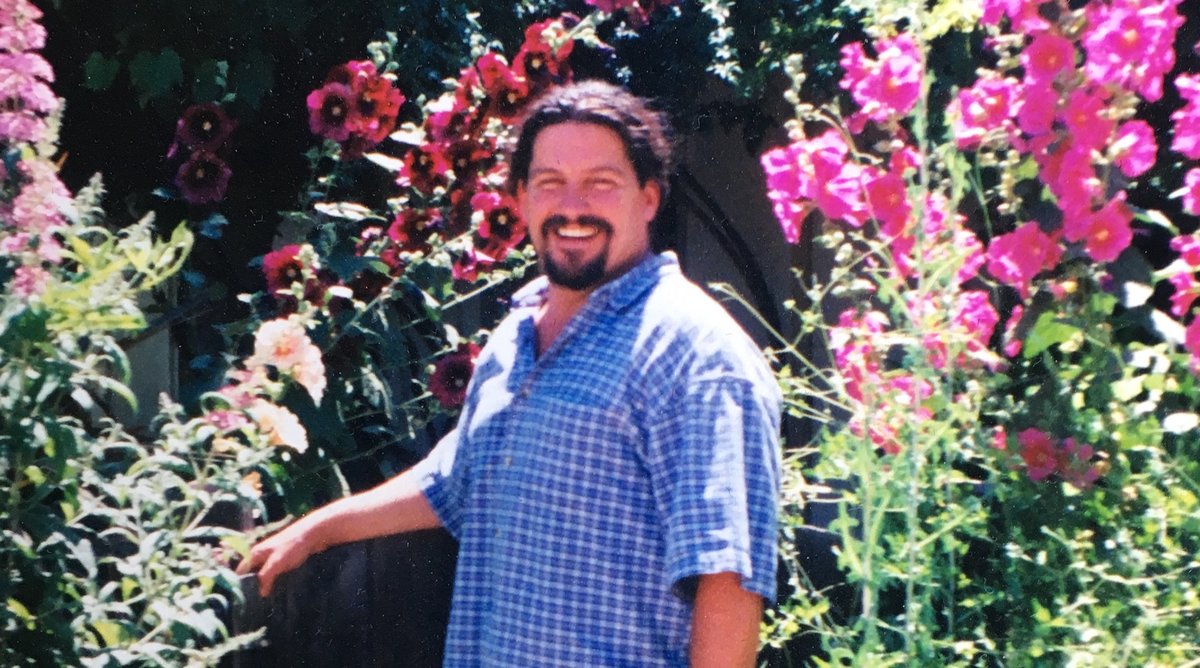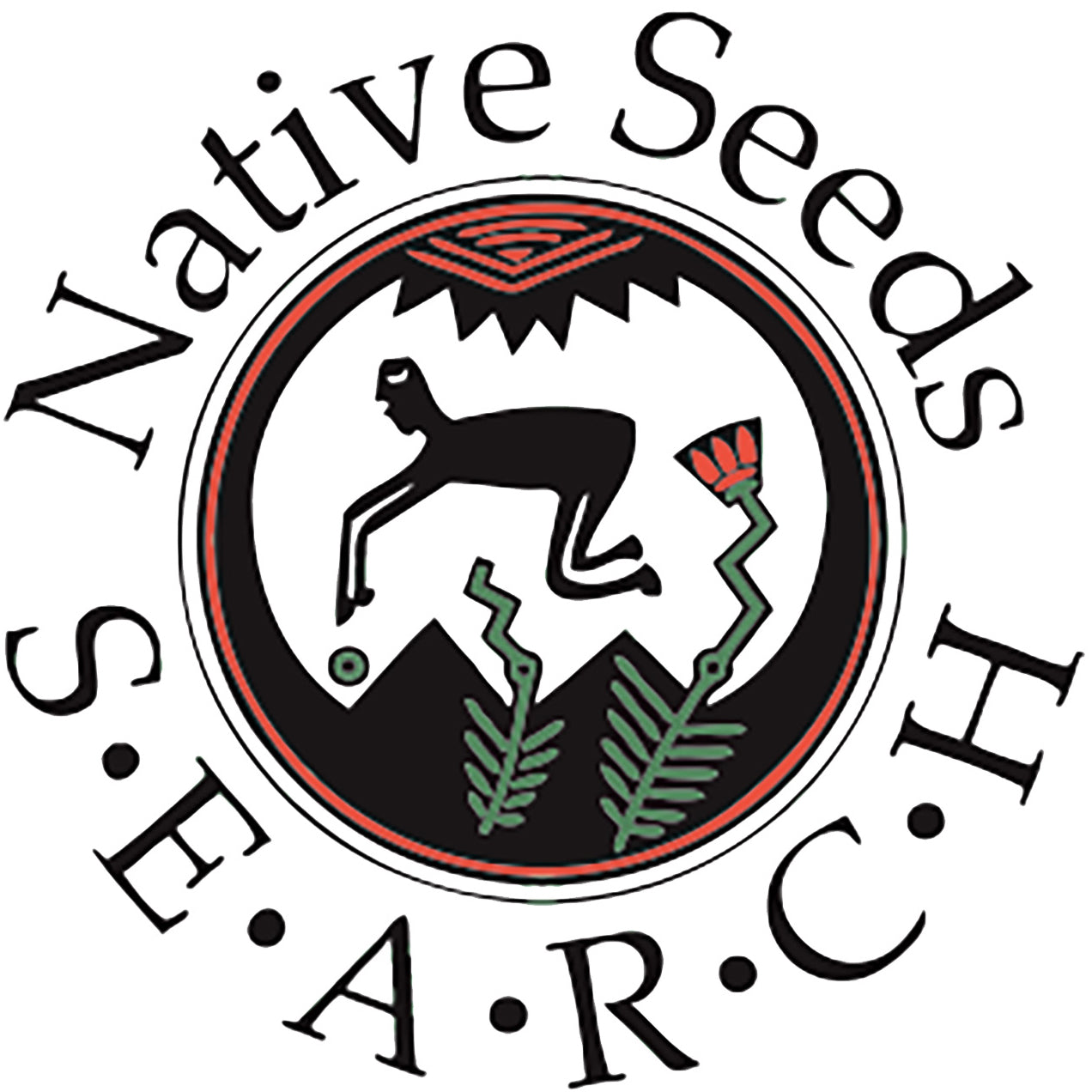
By Liz Fairchild, Seed Distribution Coordinator.
Some days, our work at NS/S is mundane: data entry, weeding, grant writing. Other days, we are viscerally reminded that what we do touches deep into the past, and can rekindle connections with those long gone, whose work and effort we may have forgotten –or never known. I have a story about one of these connections.
Last spring, Collections Curator Sheryl Joy brought some unaccessioned arugula seeds out of the freezer (“unaccessioned” means a seed was originally collected and put in the seed bank but has yet to be grown and formally cataloged.). The arugula seeds were set aside in a moment of more pressing work, and when brought to light again in August, I saw that they were accompanied in their ziplock bag with a note. The note said that this arugula had been grown here in Tucson since the 60s, and had been “in the family for centuries”- signed “J.D. DiMeglio, 1997”. I felt a shiver of recognition.
I had taken a Smartscape horticultural workshop through Pima County back in 1998, which was led by J.D. I knew he was the same person my brother used to play with back in the 60s, here in Tucson, near Blenman Elementary School. Back then, we knew J.D. as John. John and the other neighborhood boys would come “help” dig my brother’s giant hole, permitted by my mother, in the backyard. We’d grown up in the same neighborhood. These seeds were from my neighborhood. The fact is that these seeds were probably grown through the ‘60s and ‘70s, at one time or another, less than 2 miles from the Conservation Center on River Road! Thrilled, I looked up J.D., only to find out that he had passed away in 1999.
I searched more, over a few months, looking for a way to contact J.D.’s family members so we could get a more complete story than that noted by J.D. 20 years ago. I found numbers for family members, left messages and didn’t hear back. I looked some more, but phones were disconnected; the family had moved. Finally, I reached one of J.D.’s sisters. Sadly, J.D.’s and the sisters’ father, Enrico A DiMeglio, had only recently passed away. Mrs. DiMeglio, J.D.’s mother, and the two sisters came to the Conservation Center to see J.D.’s note and the bag full of arugula seeds –and the tiny arugula sprouts in the garden. We talked about the neighborhood, who was going to which school when, my brother’s hole. The sisters confirmed that the family had always valued gardening, from the grandparents who emigrated from Italy in the 20s, down to the sisters who are still growing things. Now, they can also grow their brother’s seeds.

The DiMeglio Sisters with their Mother at the Conservation Center.
The seeds had passed the germination test with flying colors at 90%, despite 20 years of freezing. J.D.’s family was amazed at the arugula’s vitality (cool, dark and dry: the 3 rules of seed saving), and took some seed with them. I am happy to pass along that the seeds they took also sprouted –but were mown down by some greens-hungry varmint. A re-seeding was done, and now their little plants are protected.
I talked excitedly about how wonderful it is to have a Tucson-collected/donated seed (one of only two Tucson accessions), how that continuation of life brings J.D. and DiMeglio ancestors back within our lives and how personally satisfying it is to be able to demonstrate a successful, Sonoran Desert-tested, well-known green to local gardeners. Connection rekindled.
DiMeglio Arugula growing in the garden at the Conservation Center
We hope to have a successful harvest from the Conservation Center garden this cool season, enabling us to offer this special variety to the public. Sheryl photographed the DiMeglio family at the side of the bed where their brother/son’s arugula is growing, while Liz, Jude and Deb were talking about the past.

Left to Right: Jude, Deb, Anne, Liz and Sheryl in the Seed Bank.

